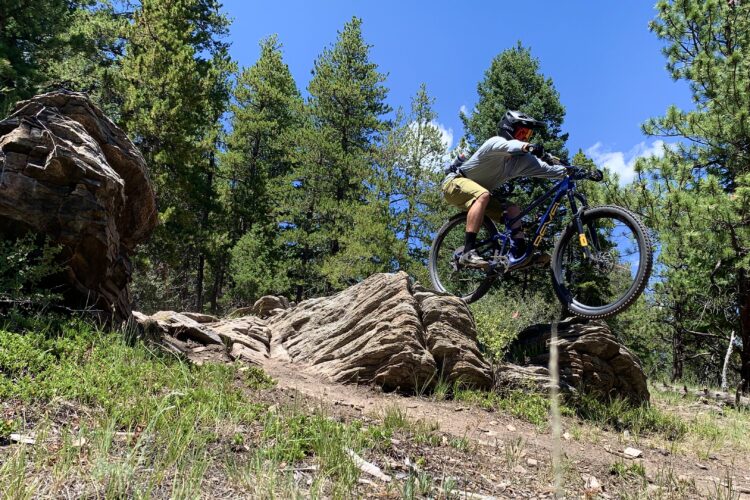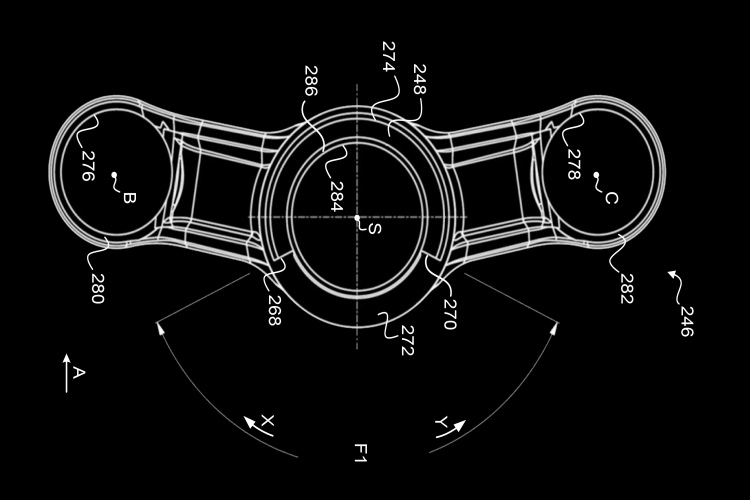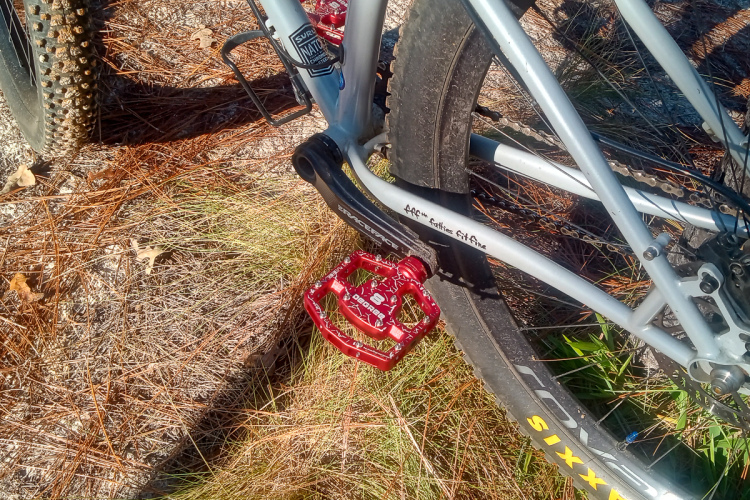
The two fundamental aims of mountain bike suspension are to cut the amount of impact and vibration energy that travels from the ground to the rider’s body and to maintain traction wherever possible. While there are other important functions and factors involved, those are the elemental ways that squishy components improve our ride experience. The deeper we expand our understanding of how suspension works, the better we will be at using those costly technological bits to their fullest potential. Let’s take an introductory look at the oil-damping side of our suspension. For folks who already understand the basics, we will take a deeper dive in future articles, so hold on tight while we sketch the outline.
To dive into the oily side of forks and shocks, I sat down with my friend Tyrone Dines from Fox Racing. Ty cut his teeth at RockShox as a World Cup race mechanic, and has overseen Fox’s European tech/repair-centers, along with designing and testing new tunes for the past ten years. He’s been in the squish business for over twenty years in total, and can certainly dig into the minutia. I asked him for a fully stripped-down explanation of how dampers work, and he was happy to distill the story into a few digestible points. For anyone who has passed as many physics courses as I have (zero), this should be a helpful introduction.
“A damper is controlling the sprung force. It’s controlling the speed that the wheel moves up or compresses, and it also controls it on the way back down” says Tyrone. The spring herein is the air pressure or coil that gives a suspension component its sprung force. He explained that if you add too much compression a shock or fork it will become “over-damped” ending up harsh and hard to compress and offering almost no suspension. On the return stroke, if the rebound is set too slow the shock or fork will not return, instead sitting low in its travel (often referred to as “packing”) unable to provide many of its intended characteristics. The job of MTB suspension designers is to create shocks or forks that provide a useable range of compression and rebound adjustments that you can use to dial in to your trails and riding style. So what’s actually happening inside that allows them to tune the damper so precisely?
We will begin with compression, just as your suspension does. Stripped to its most basic elements, compression is the amount of resistance or “support” that a damper provides as it absorbs the force of an impact and shifts in the rider’s mass. It adds resistance to the suspension’s air or coil spring force. The damper cartridge in a fork is a cylindrical chamber, like the center of a toilet paper roll, with a shaft-mounted piston in the middle that oil has to pass through as your suspension compresses into its travel and rebounds back to full extension. The system in a shock functions similarly, though it is trickier to visualize, so we will stick with this example for the sake of simplicity. A series of precision-tuned holes in that piston allow the oil to flow through at a determined rate. In most suspension components, there is a stack of thin metal washers called shims pressed against the top of the piston that flex and bend, allowing oil to pass through the holes in the piston. As you add clicks of high or low-speed compression to your suspension the shims move closer to the piston, eventually blocking the holes creating what we know as a lockout.
Most of the simpler MTB suspension components have a hollow shaft that passes through the middle of the piston, with ports at either side of the piston to allow oil to flow rapidly when it counts. That oil flow through the shaft can typically be regulated via external controls. The inner shaft thickness and port size can be tuned for optimal performance. Regarding the compression adjustability, Tyrone says that “it’s like a room full of fifty people who all need to rush out the same small door when someone shouts ‘fire.’ They all try and scramble out the tiny door, which is like closing down the flow of oil. Whereas with a large door they could all get out far faster. It’s just controlling the fluid through a system of greater or lesser resistance.”
The thickness, width, and orientation of the shims can be modified to change the compression characteristics of the suspension component, which is one of the ways suspension is “tuned.” The piston shape and porting can also be adjusted, along with numerous other variables such as oil thickness, shaft diameter, and friction, to create an optimal system for the bike and use-case that it’s intended for.

The rebound portion of a damper cartridge functions in exactly the same manner as the compression circuit, but in reverse. Rebound refers to the rate and force that the damper allows a shock or fork to return to full travel. It resists or slows the force of the air or coil spring at a specified rate. As you slow the rebound, a shim stack on the rebound piston squeezes to slow the flow of oil through the damper. When the rebound knob is clicked in the bunny rabbit direction, the system is opened up and oil can flow more freely, allowing the fork or shock to return at a faster rate. Then, as you slow the rebound down, the oil encounters greater resistance and slows the return speed of the suspension.
Got it? If not, you’re not alone. Suspension components are the most complex bits on our bikes, and we hope to demystify them bit-by-bit with these articles so that our readers can better understand their bikes.
Do you have a suspension related question you would like us to research? Please write it in the comments below and we’ll get to work.











2 Comments
Dec 16, 2019
Great article! I really look forward into reading your future articles diving into the more technical parts of a bike. I hope you plan on going into how Fox's Live Valve suspension works once you've gone through the technical aspects of a standard suspension.
Dec 16, 2019
Cheers,
-Gerow